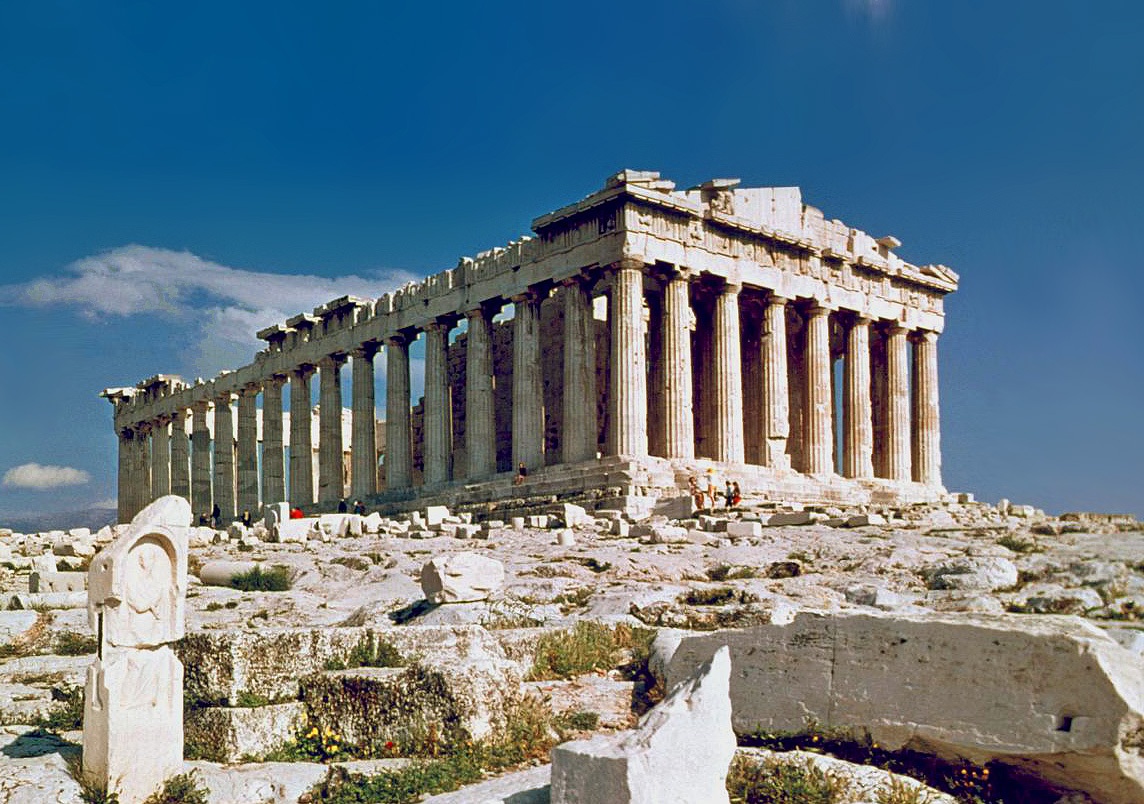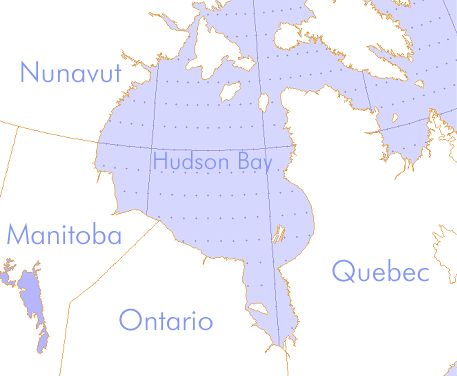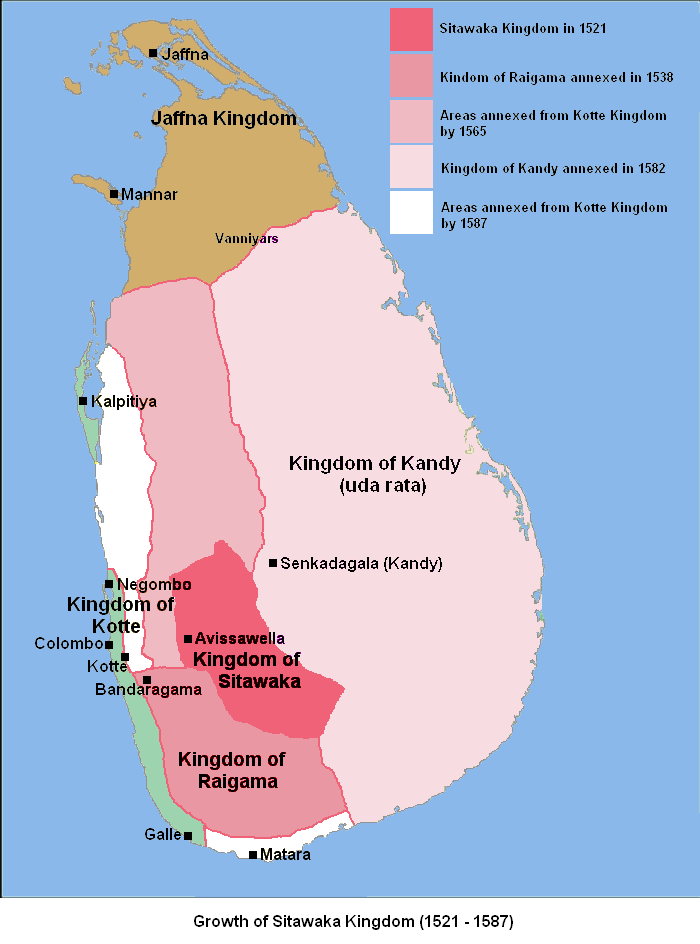|
July 5
Events Pre-1600 * 328 – The official opening of Constantine's Bridge built over the Danube between Sucidava ( Corabia, Romania) and Oescus ( Gigen, Bulgaria) by the Roman architect Theophilus Patricius. * 1316 – The Burgundian and Majorcan claimants of the Principality of Achaea meet in the Battle of Manolada. * 1584 – The Maronite College is established in Rome. * 1594 – Portuguese forces under the command of Pedro Lopes de Sousa begin an unsuccessful invasion of the Kingdom of Kandy during the Campaign of Danture in Sri Lanka. 1601–1900 * 1610 – John Guy sets sail from Bristol with 39 other colonists for Newfoundland. * 1687 – Isaac Newton publishes '' Philosophiæ Naturalis Principia Mathematica''. * 1770 – The Battle of Chesma between the Russian Empire and the Ottoman Empire begins. * 1775 – The Second Continental Congress adopts the Olive Branch Petition. * 1803 – The Convention of Artlenburg is sig ... [...More Info...] [...Related Items...] OR: [Wikipedia] [Google] [Baidu] |
Constantine's Bridge (Danube)
Constantine's Bridge (, , ''Konstantinov most''; ) was a Roman bridge over the Danube used to reconquer Dacia. It was completed in 328 AD and remained in use for four decades. It was officially opened on 5 July 328 AD in the presence of emperor Constantine I, Constantine the Great. With an overall length of , of which spanned the Danube's riverbed, Constantine's Bridge is considered the longest Classical antiquity, ancient river bridge and one of the longest of all time. History The bridge was constructed between Sucidava (present-day Corabia, Romania) and Oescus (modern Gigen, Bulgaria), during the reign of Constantine I, Constantine the Great, being inaugurated on 5 July 328. The construction was certainly inspired, in technique and dimensions, by the famous Trajan's Bridge, Trajan's bridge, built by Apollodorus of Damascus. It is not at all excluded that the architect of this bridge was also a renowned builder, perhaps the mysterious Theophilus Patricius, ''proconsul'', ... [...More Info...] [...Related Items...] OR: [Wikipedia] [Google] [Baidu] |
1594
Events January–March * January 3 – Longvek, the capital of the Kingdom of Cambodia, is conquered by the army of the Ayutthaya Kingdom (now Thailand), commanded by King Naresuan, after more than two years of war. King Chey Chettha I of Cambodia is able to flee to Laos, along with the former King Satha I, but the rest of the royal family is taken hostage, along with Prince Srei Soriyopear. * January 17 – Construction of the Junagarh Fort in the Mughal Empire's principality of Bikaner (now in India's Rajasthan state) is completed after almost five years. * January 24 – William Shakespeare's play ''Titus Andronicus'', is given its first performance, presented by the Admiral's Men company of players at '' The Rose'' in London. * January 25 – The siege of Enniskillen Castle in Ireland (at County Fermanagh) is started by English commander John Dowdall, but is abandoned after one month. * February 2 – England's Admiral Richard Hawkins ... [...More Info...] [...Related Items...] OR: [Wikipedia] [Google] [Baidu] |
Philosophiæ Naturalis Principia Mathematica
(English: ''The Mathematical Principles of Natural Philosophy''), often referred to as simply the (), is a book by Isaac Newton that expounds Newton's laws of motion and his law of universal gravitation. The ''Principia'' is written in Latin and comprises three volumes, and was authorized, imprimatur, by Samuel Pepys, then-President of the Royal Society on 5 July 1686 and first published in 1687. The is considered one of the most important works in the history of science. The French mathematical physicist Alexis Clairaut assessed it in 1747: "The famous book of ''Mathematical Principles of Natural Philosophy'' marked the epoch of a great revolution in physics. The method followed by its illustrious author Sir Newton ... spread the light of mathematics on a science which up to then had remained in the darkness of conjectures and hypotheses." The French scientist Joseph-Louis Lagrange described it as "the greatest production of the human mind". French polymath Pierre-Simon ... [...More Info...] [...Related Items...] OR: [Wikipedia] [Google] [Baidu] |
Isaac Newton
Sir Isaac Newton () was an English polymath active as a mathematician, physicist, astronomer, alchemist, theologian, and author. Newton was a key figure in the Scientific Revolution and the Age of Enlightenment, Enlightenment that followed. His book (''Mathematical Principles of Natural Philosophy''), first published in 1687, achieved the Unification of theories in physics#Unification of gravity and astronomy, first great unification in physics and established classical mechanics. Newton also made seminal contributions to optics, and Leibniz–Newton calculus controversy, shares credit with German mathematician Gottfried Wilhelm Leibniz for formulating calculus, infinitesimal calculus, though he developed calculus years before Leibniz. Newton contributed to and refined the scientific method, and his work is considered the most influential in bringing forth modern science. In the , Newton formulated the Newton's laws of motion, laws of motion and Newton's law of universal g ... [...More Info...] [...Related Items...] OR: [Wikipedia] [Google] [Baidu] |
1687
Events January–March * January 3 – With the end of latest of the Savoyard–Waldensian wars in the Duchy of Savoy between the Savoyard government and Protestant Italians known as the Waldensians, Victor Amadeus III, Duke of Savoy, carries out the release of 3,847 surviving prisoners and their families, who had forcibly been converted to Catholicism, and permits the group to emigrate to Switzerland. * January 8 – Richard Talbot, 1st Earl of Tyrconnell, is appointed as the last Lord Deputy of Ireland by the English crown, and begins efforts to include more Roman Catholic Irishmen in the administration. Upon the removal of King James II in England and Scotland, the Earl of Tyrconnell loses his job and is replaced by James, who reigns briefly as King of Ireland until William III establishes his rule over the isle. * January 27 – In one of the most sensational cases in England in the 17th century, midwife Mary Hobry murders her abusive husband, Denis ... [...More Info...] [...Related Items...] OR: [Wikipedia] [Google] [Baidu] |
Newfoundland (island)
Newfoundland ( , ; , ) is a large island within the Canadian province of Newfoundland and Labrador. It is situated off the eastern coast of the Northern America, North American mainland and the geographical region of Labrador. The island contains 29 percent of the province's land area, but is home to over 90% of the province's population, with about 60% of the province's population located on the small southeastern Avalon peninsula. The island is separated from the Labrador Peninsula by the Strait of Belle Isle and from Cape Breton Island by the Cabot Strait. It blocks the mouth of the Saint Lawrence River, creating the Gulf of Saint Lawrence, the world's largest estuary. Newfoundland's nearest neighbour is the French overseas collectivity of Saint Pierre and Miquelon. With an area of , Newfoundland is the List of islands by area, world's 16th-largest island, List of Canadian islands by area, Canada's fourth-largest island, and the largest Canadian island outside Northern Can ... [...More Info...] [...Related Items...] OR: [Wikipedia] [Google] [Baidu] |
Colonists
A settler or a colonist is a person who establishes or joins a permanent presence that is separate to existing communities. The entity that a settler establishes is a settlement. A settler is called a pioneer if they are among the first settling at a place that is new to the settler community. The process of settling land can be, and has often been, controversial: while human migration is a normal phenomenon by itself, it has not been uncommon throughout human history for settlers to have arrived in already-inhabited lands without the intention of living alongside the native population. In these cases, the conflict that arises between the settlers and the natives (or Indigenous peoples) may result in the dispossession of the latter within the contested territory, usually violently. While settlers can act independently, they may receive support from the government of their country or colonial empire or from a non-governmental organization as part of a larger campaign. The life ... [...More Info...] [...Related Items...] OR: [Wikipedia] [Google] [Baidu] |
Bristol
Bristol () is a City status in the United Kingdom, cathedral city, unitary authority area and ceremonial county in South West England, the most populous city in the region. Built around the River Avon, Bristol, River Avon, it is bordered by the ceremonial counties of Gloucestershire to the north and Somerset to the south. The county is in the West of England combined authority area, which includes the Greater Bristol area (List of urban areas in the United Kingdom, eleventh most populous urban area in the United Kingdom) and nearby places such as Bath, Somerset, Bath. Bristol is the second largest city in Southern England, after the capital London. Iron Age hillforts and Roman villas were built near the confluence of the rivers River Frome, Bristol, Frome and Avon. Bristol received a royal charter in 1155 and was historic counties of England, historically divided between Gloucestershire and Somerset until 1373 when it became a county corporate. From the 13th to the 18th centur ... [...More Info...] [...Related Items...] OR: [Wikipedia] [Google] [Baidu] |
John Guy (governor)
John Guy (25 December 1568 – February 1629) was an English merchant adventurer, colonist and politician who sat in the House of Commons from 1621 to 1624. He was the first proprietary governor of Newfoundland Colony, the first attempt to establish a colony on Newfoundland. Early life Guy was the eldest son and second child of Thomas Guy, a cordwainer (shoemaker) of Bristol. He was born on 25 December 1568, and baptized a week later on 1 January 1569 at St Mary le Port Church, Bristol. He spent his youth growing up amongst his siblings, and was well educated for his times, he managed in later life to write poetry in Latin. He was apprenticed to a yeoman farmer, and on his parents' deaths, he inherited the family shoemaking business, he had various farming interests, and served as a factor representing the interests of the Bristol merchant community overseas for a period in Spain, where he mastered the art of navigation. Guy became a merchant and was admitted to the corporat ... [...More Info...] [...Related Items...] OR: [Wikipedia] [Google] [Baidu] |
1610
Some have suggested that 1610 may mark the beginning of the Anthropocene, or the 'Age of Man', marking a fundamental change in the relationship between humans and the Earth system, but earlier starting dates (ca. 1000 C.E.) have received broader consensus, based on high resolution pollution records that show the massive impact of human activity on the atmosphere. Events January–March * January 6 – ''Nossa Senhora da Graça'' incident: A Portuguese carrack sinks near Nagasaki, after fighting Japanese samurai for four nights. * January 7 – Galileo Galilei first observes the four Galilean moons of Jupiter: Ganymede, Callisto, Europa and Io, but is unable to distinguish the latter two until the following day. * February 24 – English courtier Thomas Roe sets out on an expedition to The Guianas and Amazon River. * March 13 – Galileo Galilei's treatise on astronomy, ''Sidereus Nuncius'', the first printed scientific record of observations thr ... [...More Info...] [...Related Items...] OR: [Wikipedia] [Google] [Baidu] |
Sri Lanka
Sri Lanka, officially the Democratic Socialist Republic of Sri Lanka, also known historically as Ceylon, is an island country in South Asia. It lies in the Indian Ocean, southwest of the Bay of Bengal, separated from the Indian subcontinent, Indian peninsula by the Gulf of Mannar and the Palk Strait. It shares a maritime border with the Maldives in the southwest and India in the northwest. Sri Jayawardenepura Kotte is the legislative capital of Sri Lanka, while the largest city, Colombo, is the administrative and judicial capital which is the nation's political, financial and cultural centre. Kandy is the second-largest urban area and also the capital of the last native kingdom of Sri Lanka. The most spoken language Sinhala language, Sinhala, is spoken by the majority of the population (approximately 17 million). Tamil language, Tamil is also spoken by approximately five million people, making it the second most-spoken language in Sri Lanka. Sri Lanka has a population of appr ... [...More Info...] [...Related Items...] OR: [Wikipedia] [Google] [Baidu] |
Campaign Of Danture
The Danture campaign comprised a series of encounters between the Portuguese and the Kingdom of Kandy in 1594, part of the Sinhalese–Portuguese War. It is considered a turning point in the indigenous resistance to Portuguese expansion. For the first time in Sri Lanka a Portuguese army was essentially annihilated, when they were on the verge of the total conquest of the island.C. Gaston Perera. p. 197. A 20,000-strong Portuguese army, led by Governor Pedro Lopes de Sousa, invaded Kandy on 5 July 1594. After three months, severely depleted by guerilla warfare and mass desertions, what remained of the Portuguese army was annihilated at Danture by the Kandyans under King Vimaladharmasuriya. With this victory, the Kingdom of Kandy emerged as a major military power; it was to retain its independence, against Portuguese, Dutch, and British armies, until 1815.Channa W'singhe, p. 16. Victory at Danture notwithstanding, only the mobile section of the Portuguese army in Ceylon wa ... [...More Info...] [...Related Items...] OR: [Wikipedia] [Google] [Baidu] |










